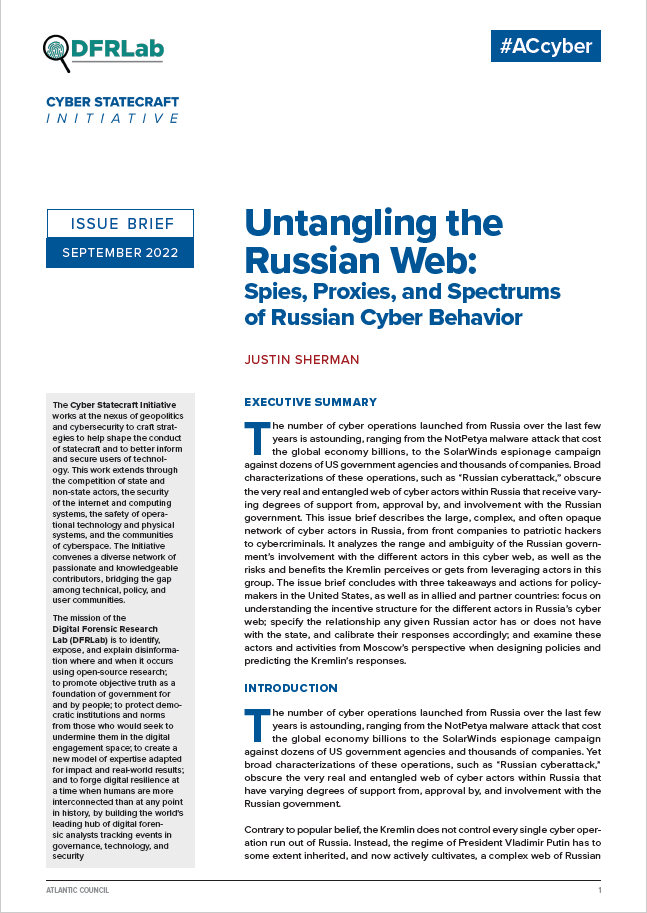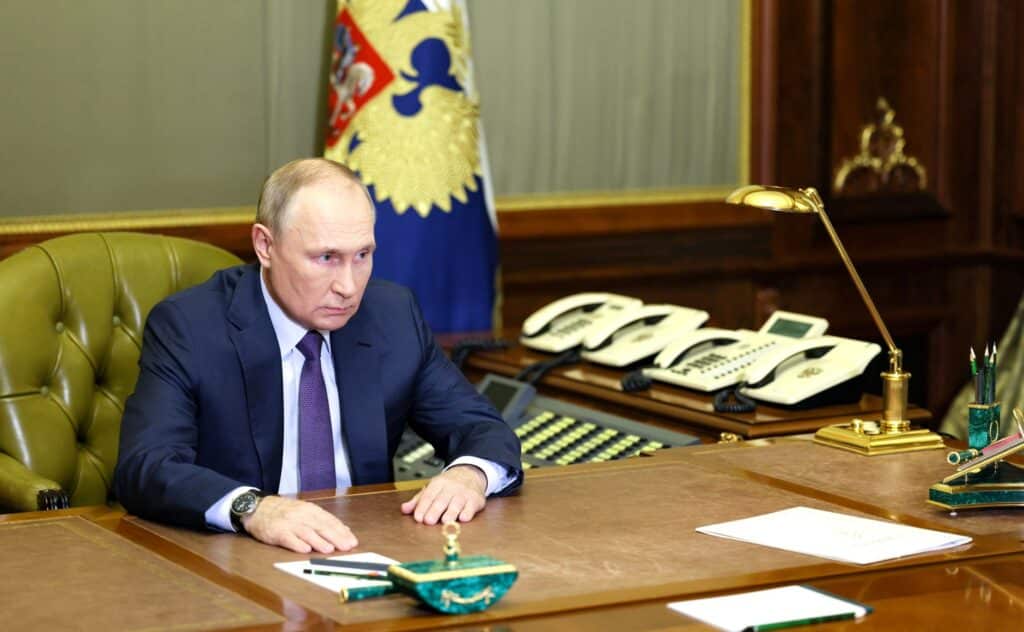GREGORY SIMS
OPINION — In a performance worthy of Joseph Goebbels, Vladimir Putin’s announcement of the formal annexation of occupied portions of eastern Ukraine – along with his earlier speech on the mobilization of Russian military manpower – accused Western governments of “open Satanism” and of being out to plunder Russia. He also accused what he refers to as “Ukraine’s neo-Nazi” regime of murdering and torturing its own people and without elaborating, accused the West of conducting “nuclear blackmail” against Russia. He is pledging to use all means at his disposal in response.
Many people interpreted his last statement as a veiled threat to use nuclear weapons if the West persists in supporting Ukraine. This, understandably, has garnered a considerable amount of attention and anxiety.
If Putin decides to take off the gloves in engaging the West, however, he is far more likely to unleash yet un-played non-nuclear options before crossing the nuclear threshold – namely strategic cyber and infrastructure attacks. The recent sabotage of the Nordstream 1 seabed gas pipeline could be just a taste of things to come.



:quality(100)/cloudfront-us-east-1.images.arcpublishing.com/thesummit/EDXBR32IDBAJPAPTL7AR5FAPHA.jpg)
:quality(100):focal(1263x495:1273x505)/cloudfront-us-east-1.images.arcpublishing.com/thesummit/VRE77KZYP5BBJLSDI5K3LBUFCA.jpg)




